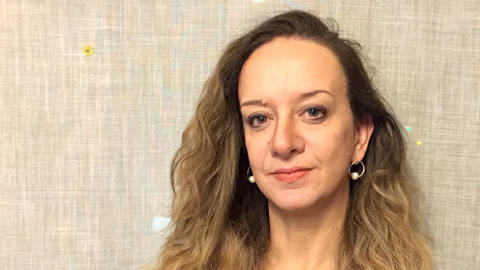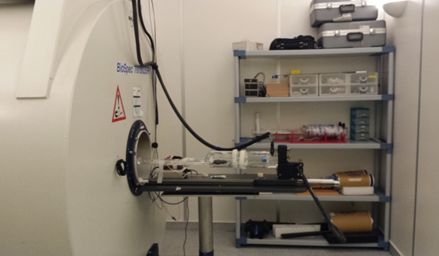New book coauthored by Scientists of @NANBIOSIS U25 on Preclinical MRI
Silvia Lope-Piedrafita and Nuria Arias Ramos, Scientists of NANBIOSIS U25 NMR: Biomedical Applications I, have participated as co-authors in chapters of the book “Preclinical MRI – Methods and Protocols“. Editors: María Luisa García Martín y Pilar López Larrubia.
This book, also co-authored by other researchers of CIBER-BBN, as Guadalupe Soria y Raul Tudela, is organized into 7 parts :
-Part 1 covers the basics of MRI physics, relaxation, image contrast, and main acquisition sequences;
-Part 2 describes methodologies for diffusion, perfusion, and functional imaging;
-Part 3 looks at in vivo spectroscopy;
-Part 4 explores special MRI techniques that are less known in the field;
-Parts 5 and 6 discuss MRIs and MRSs in animal models of disease and the applications used to study them, and
-Part 7 looks at anesthesia and advanced contrast agents.
Written in the highly successful Methods in Molecular Biology series format, chapters include introductions to their respective topics, lists of the necessary materials and reagents, step-by-step, readily reproducible laboratory protocols, and tips on troubleshooting and avoiding known pitfalls.














